When it comes to Vietnamese cuisine, one dish stands out as a beloved staple: bánh mì. This delightful sandwich, with its crunchy bread and flavorful fillings, has captured the hearts (and stomachs) of many, both in Vietnam and around the world. But what is it about bánh mì that makes it so special to the Vietnamese people? In this article, we’ll dive into the history, flavors, cultural significance, and global appeal of bánh mì, uncovering the reasons behind its widespread love.
A Unique Culinary Heritage
To truly appreciate bánh mì, we must first understand its historical roots. Bánh mì originated during the French colonial period in Vietnam, a time when French influence permeated various aspects of Vietnamese culture, including its cuisine. The French baguette, with its crusty exterior and soft interior, was introduced to the Vietnamese people, who quickly adapted it to their local tastes.
What sets bánh mì apart is how Vietnamese chefs ingeniously transformed this foreign bread into something uniquely their own. They created a sandwich filled with a variety of ingredients, combining traditional Vietnamese flavors with French techniques. This blend of cultures resulted in a culinary creation that not only tells a story of history but also showcases the creativity of the Vietnamese people.
The Perfect Combination of Flavors and Textures
At the heart of bánh mì’s appeal is its exquisite combination of flavors and textures. A typical bánh mì consists of a crispy baguette filled with a variety of savory ingredients. The contrast between the crunchy bread and the tender fillings creates a delightful mouthfeel that is hard to resist.
The fillings are where the magic happens. Common choices include grilled pork (thịt nướng), pâté, Vietnamese sausage (chả), and even fried eggs. Each ingredient adds its own unique flavor profile, creating a harmonious blend of tastes. Fresh vegetables like cucumber, pickled carrots, and daikon radish add a refreshing crunch, while cilantro and jalapeños provide a fragrant and spicy kick.
The sauces, often a mix of mayonnaise and chili sauce, enhance the overall experience, tying all the flavors together. It’s this intricate balance of sweet, salty, spicy, and tangy flavors that makes bánh mì so irresistible.
Versatility and Variety
One of the reasons Vietnamese people love bánh mì is its incredible versatility. While bánh mì traditionally features specific fillings, it can be customized to suit individual tastes. This adaptability means there is a bánh mì for everyone, regardless of dietary preferences.
Vegetarians and vegans can enjoy bánh mì filled with tofu, fresh vegetables, and flavorful sauces. For meat lovers, options abound, ranging from classic grilled pork to more adventurous choices like beef or seafood. The possibilities are endless, allowing people to experiment with different flavors and combinations. This variety ensures that bánh mì can be enjoyed by all, making it a popular choice for both locals and tourists.
Affordability and Accessibility
Bánh mì is not only delicious but also incredibly affordable, which contributes to its popularity among Vietnamese people. Priced between 20,000 to 50,000 VND (approximately $1 to $2), bánh mì offers a satisfying meal that won’t break the bank. In a country where street food is a cornerstone of daily life, bánh mì stands out as an economical option.
Moreover, bánh mì is widely available throughout Vietnam. From bustling street vendors to small local shops, you can find bánh mì stalls on almost every corner. The convenience of grabbing a bánh mì on the go has made it a favorite among busy students, workers, and families. Whether you’re looking for a quick breakfast, lunch, or a late-night snack, bánh mì is always within reach.
Cultural Significance
Bánh mì is more than just a sandwich; it represents the essence of Vietnamese street food culture. Street food plays a vital role in the daily lives of many Vietnamese people, and bánh mì embodies this vibrant culinary tradition. It’s not just about the food; it’s about the experience of enjoying it.
For many Vietnamese, stopping by a bánh mì stall is a social activity. Friends and family gather to share a meal, discussing life while savoring each delicious bite. The act of enjoying bánh mì together fosters a sense of community and connection, making it an integral part of the Vietnamese lifestyle.
Nostalgia and Tradition
For many Vietnamese people, bánh mì is steeped in nostalgia and tradition. It often evokes fond memories of childhood, family gatherings, and special occasions. Many people recall their parents or grandparents taking them to the local bánh mì stall, where the tantalizing aroma of fresh bread and savory fillings filled the air.
As families pass down recipes and techniques through generations, bánh mì becomes a cherished part of family traditions. It’s not uncommon for families to have their favorite bánh mì vendor, creating a sense of loyalty and connection to their community. This nostalgia is a powerful reason why bánh mì holds a special place in the hearts of the Vietnamese.
The Global Popularity of Bánh Mì
In recent years, bánh mì has gained international recognition, becoming a popular dish in many countries. As Vietnamese cuisine continues to expand its global footprint, bánh mì is often at the forefront, showcasing the rich flavors and unique textures that define Vietnamese cooking.
The rise of Vietnamese restaurants and food trucks in cities around the world has made bánh mì accessible to a broader audience. From New York to Paris, people are discovering and falling in love with this delicious sandwich. It’s not uncommon to see bánh mì featured in food festivals, cooking classes, and even gourmet variations in upscale restaurants.
Vietnamese expatriates have played a crucial role in introducing bánh mì to new audiences. Many have opened their own bánh mì shops, sharing their culture and culinary heritage with their new communities. Through these efforts, bánh mì has become a symbol of Vietnamese cuisine, representing the richness and diversity of the country’s food culture.
Conclusion
Bánh mì is a beloved dish that holds a special place in the hearts of the Vietnamese people. Its unique combination of flavors, versatility, affordability, and cultural significance make it more than just a sandwich; it’s a culinary icon. As bánh mì continues to gain popularity around the world, it serves as a delicious reminder of Vietnam’s rich culinary heritage and the creativity of its people.
For those who have yet to try bánh mì, there’s no better time than now. Whether you’re enjoying it from a street vendor in Vietnam or a local restaurant abroad, take a moment to savor the flavors and experience the joy that comes with each bite. After all, bánh mì is not just food; it’s a celebration of Vietnamese culture and community. So go ahead, indulge in this delectable sandwich, and discover why it has captured the hearts of so many.



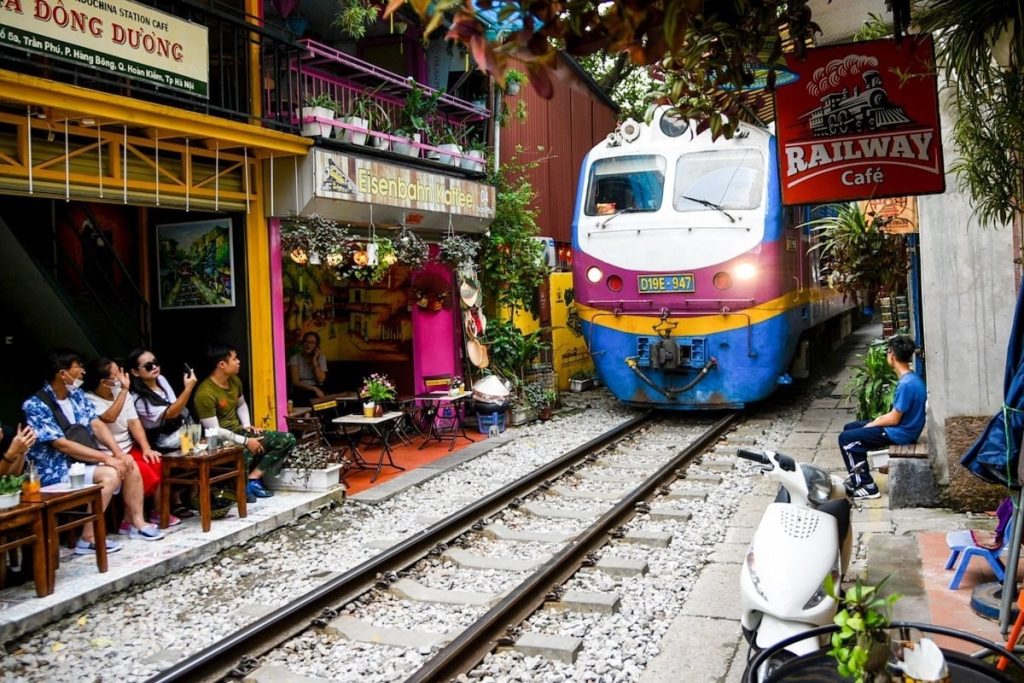
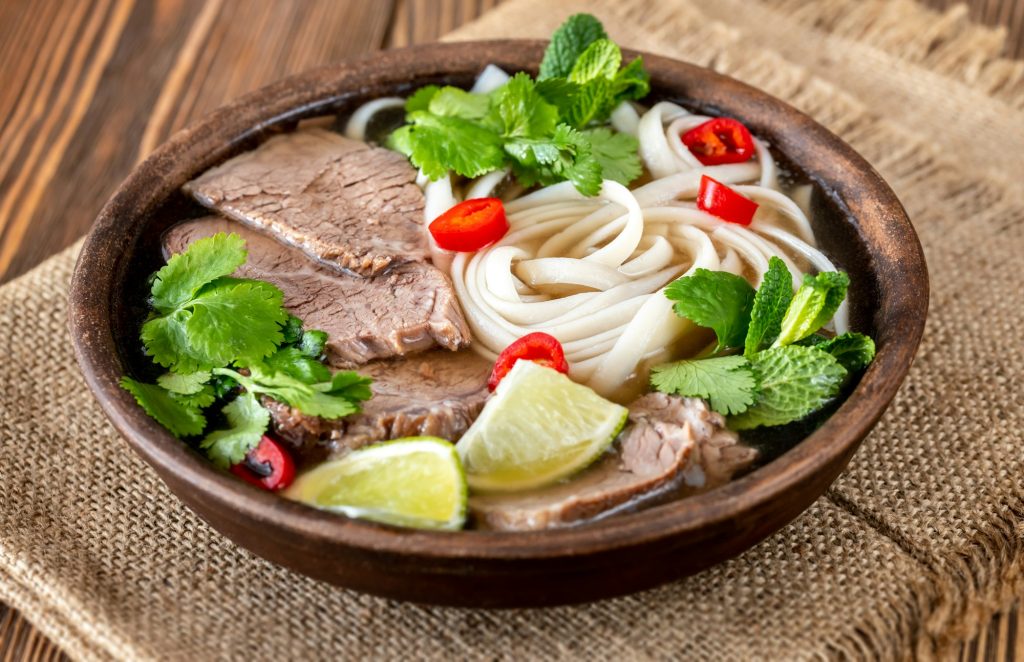



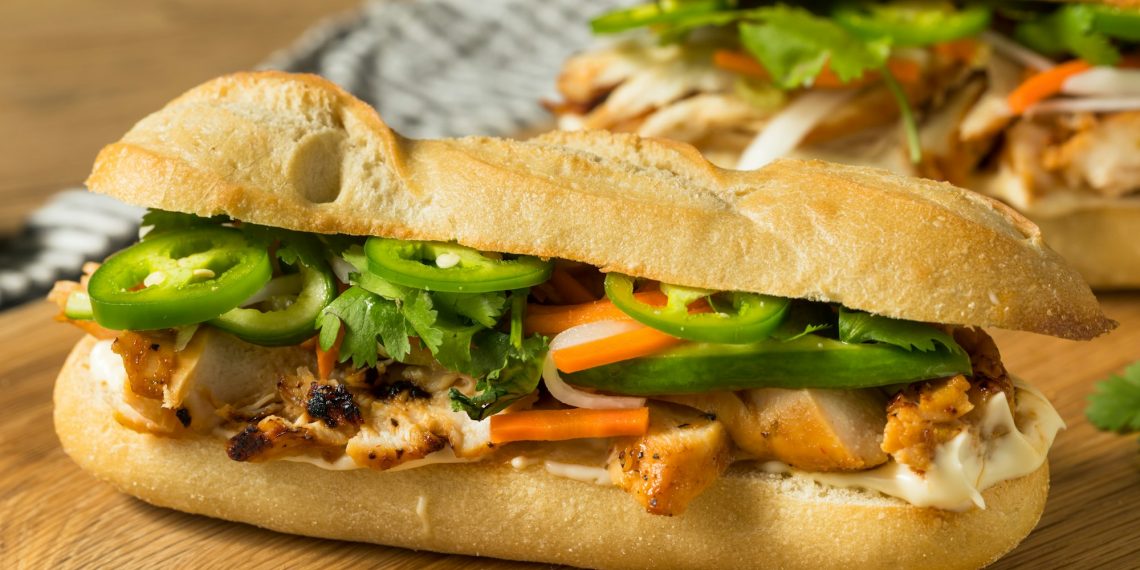
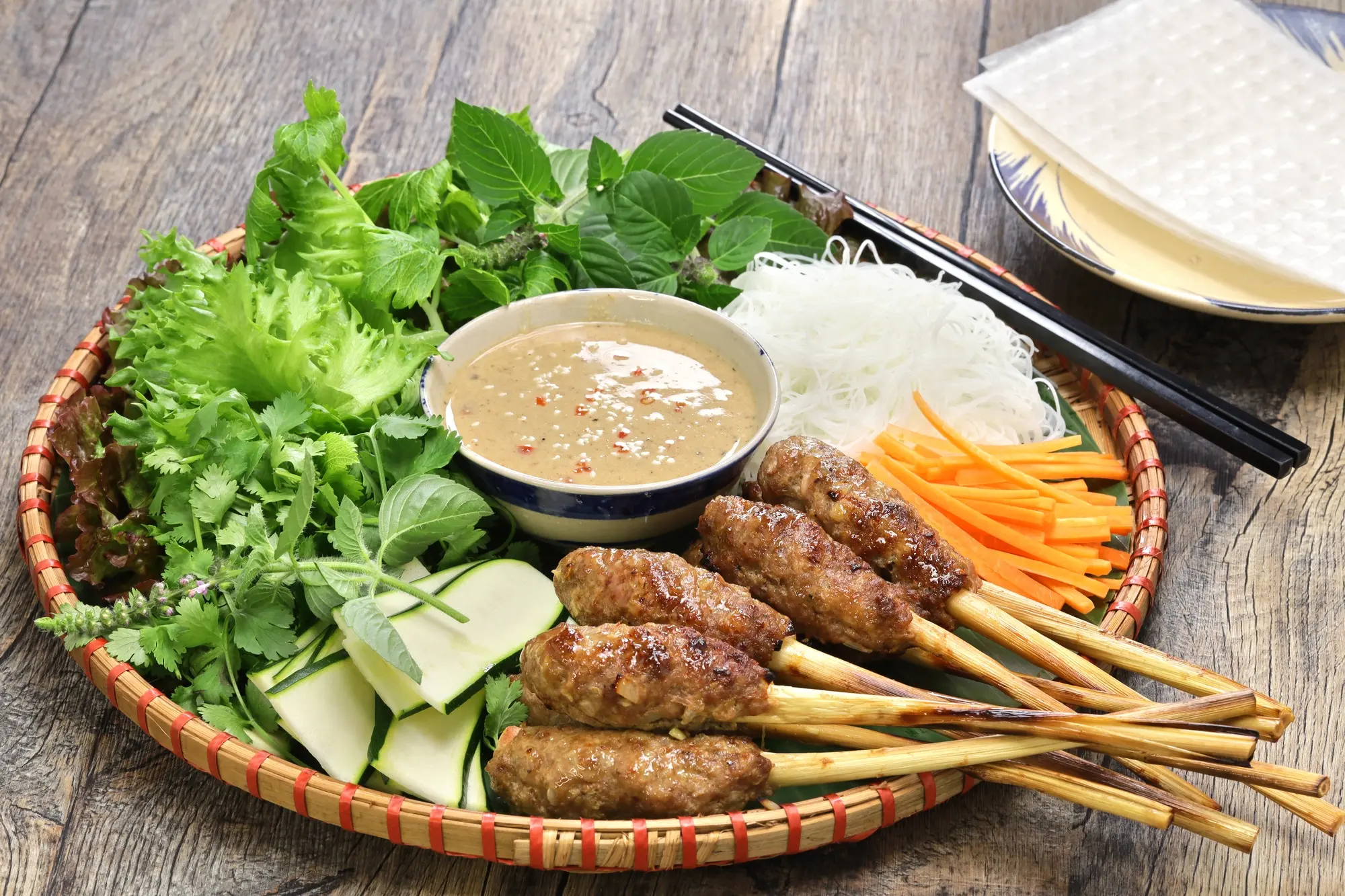
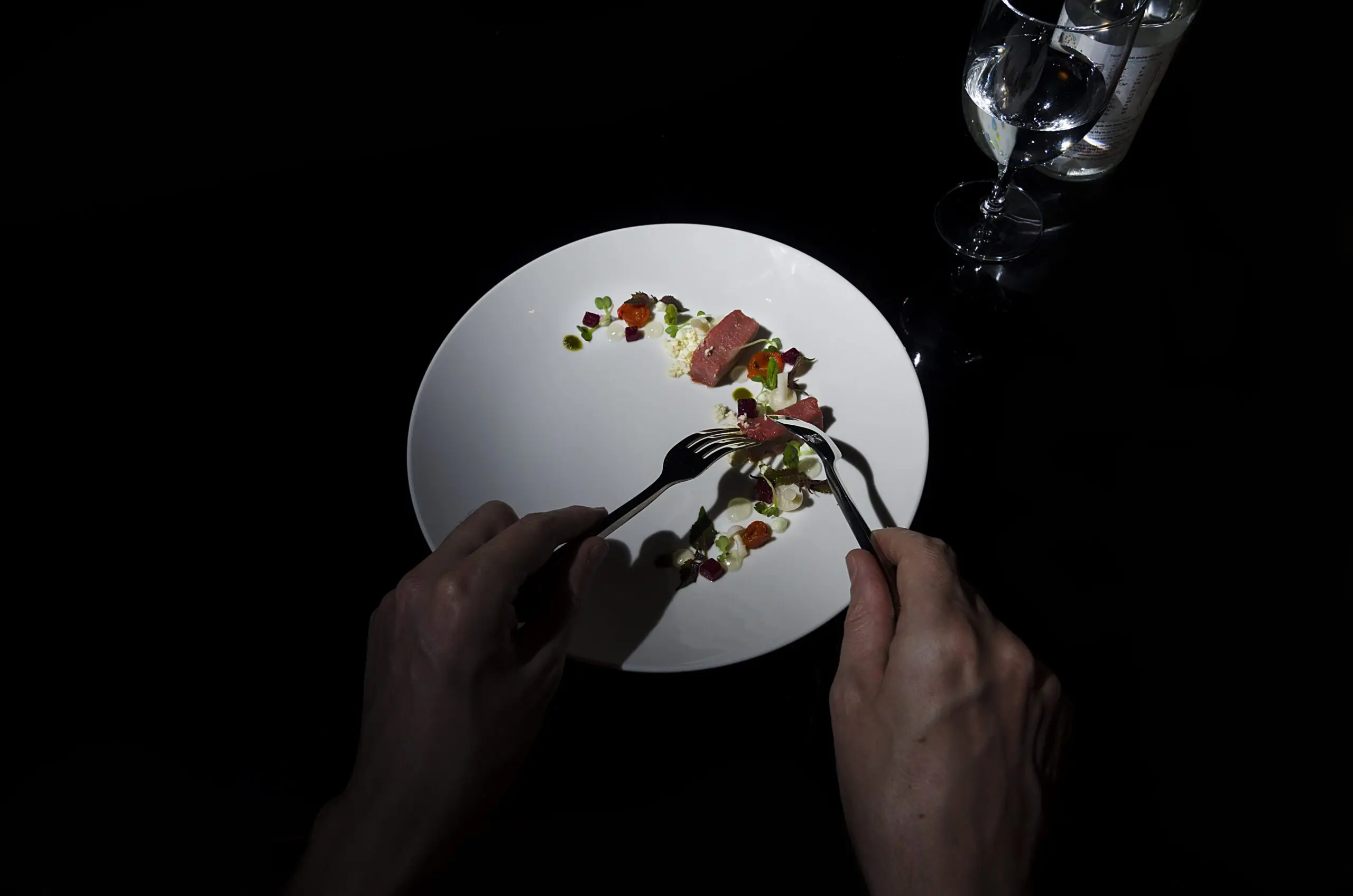
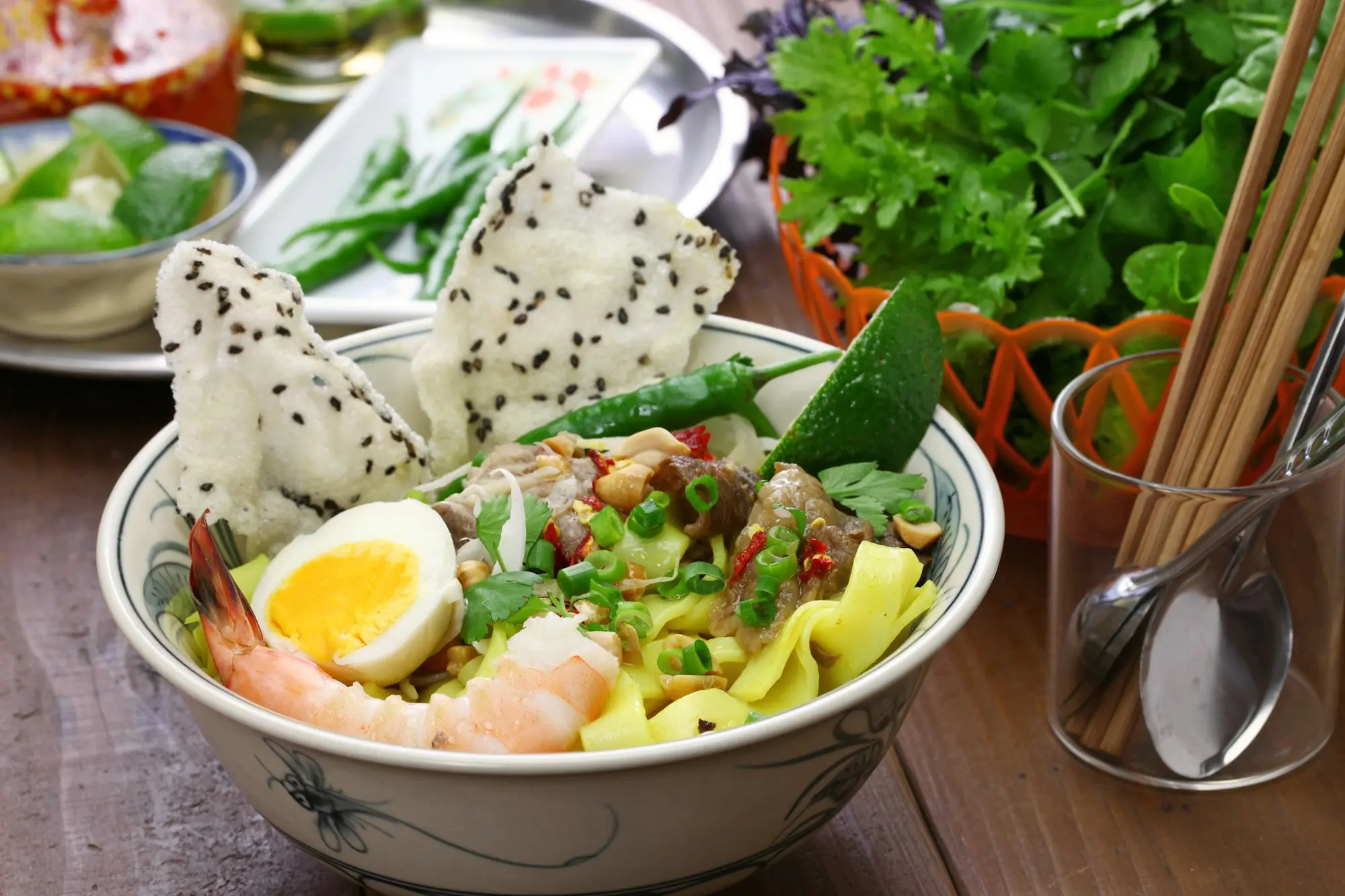





[…] Why Do Vietnamese People Love Bánh Mì? […]